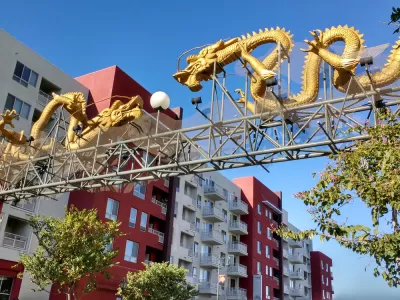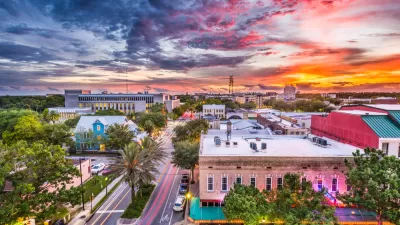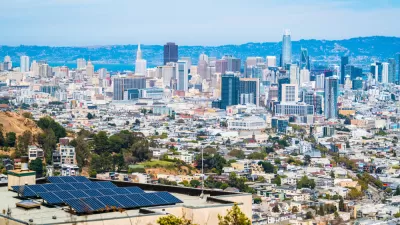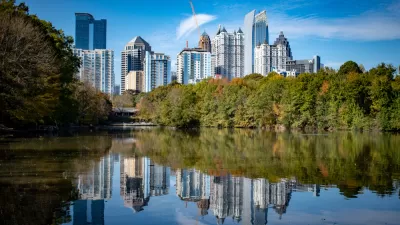While it's fun to tease about the architectural shortcomings of most newly constructed urban residential buildings in the United States, the causes of its ubiquitous sameness reveals the depths of the country's housing crisis.

Patrick Sisson writes:
A wave of sameness has washed over new residential architecture. U.S. cities are filled with apartment buildings sporting boxy designs and somewhat bland facades, often made with colored panels and flat windows.
After posing the question to Twitter of what to call this new ubiquitous style of residential architecture, Sisson was met with a "goldmine."
Some suggestions seemed inspired by the uniformity of design in computer programs and games: Simcityism, SketchUp contemporary, Minecraftsman, or Revittecture. Some took potshots at the way these buildings looked value-engineered to maximize profit: Developer modern, McUrbanism, or fast-casual architecture. Then there are the aesthetic judgement calls: contemporary contempt, blandmarks, LoMo (low modern), and Spongebuild Squareparts.
But what to call contemporary residential architecture is less important than how it got to look so similar. According to Sisson, these buildings are a symbol of the contemporary housing crisis: a lack of developable land, rising costs (land, materials, labor), and an "acute" lack of affordable housing. The similar look of new residential construction in geographically disparate and cultural unique cities all over the country comes down to code, costs, and craft, according to Sisson.
FULL STORY: Why do all new apartment buildings look the same?

Alabama: Trump Terminates Settlements for Black Communities Harmed By Raw Sewage
Trump deemed the landmark civil rights agreement “illegal DEI and environmental justice policy.”

Study: Maui’s Plan to Convert Vacation Rentals to Long-Term Housing Could Cause Nearly $1 Billion Economic Loss
The plan would reduce visitor accommodation by 25% resulting in 1,900 jobs lost.

Planetizen Federal Action Tracker
A weekly monitor of how Trump’s orders and actions are impacting planners and planning in America.

Waymo Gets Permission to Map SF’s Market Street
If allowed to operate on the traffic-restricted street, Waymo’s autonomous taxis would have a leg up over ride-hailing competitors — and counter the city’s efforts to grow bike and pedestrian on the thoroughfare.

Parklet Symposium Highlights the Success of Shared Spaces
Parklets got a boost during the Covid-19 pandemic, when the concept was translated to outdoor dining programs that offered restaurants a lifeline during the shutdown.

Federal Homelessness Agency Places Entire Staff on Leave
The U.S. Interagency Council on Homelessness is the only federal agency dedicated to preventing and ending homelessness.
Urban Design for Planners 1: Software Tools
This six-course series explores essential urban design concepts using open source software and equips planners with the tools they need to participate fully in the urban design process.
Planning for Universal Design
Learn the tools for implementing Universal Design in planning regulations.
Caltrans
Smith Gee Studio
Institute for Housing and Urban Development Studies (IHS)
City of Grandview
Harvard GSD Executive Education
Toledo-Lucas County Plan Commissions
Salt Lake City
NYU Wagner Graduate School of Public Service





























